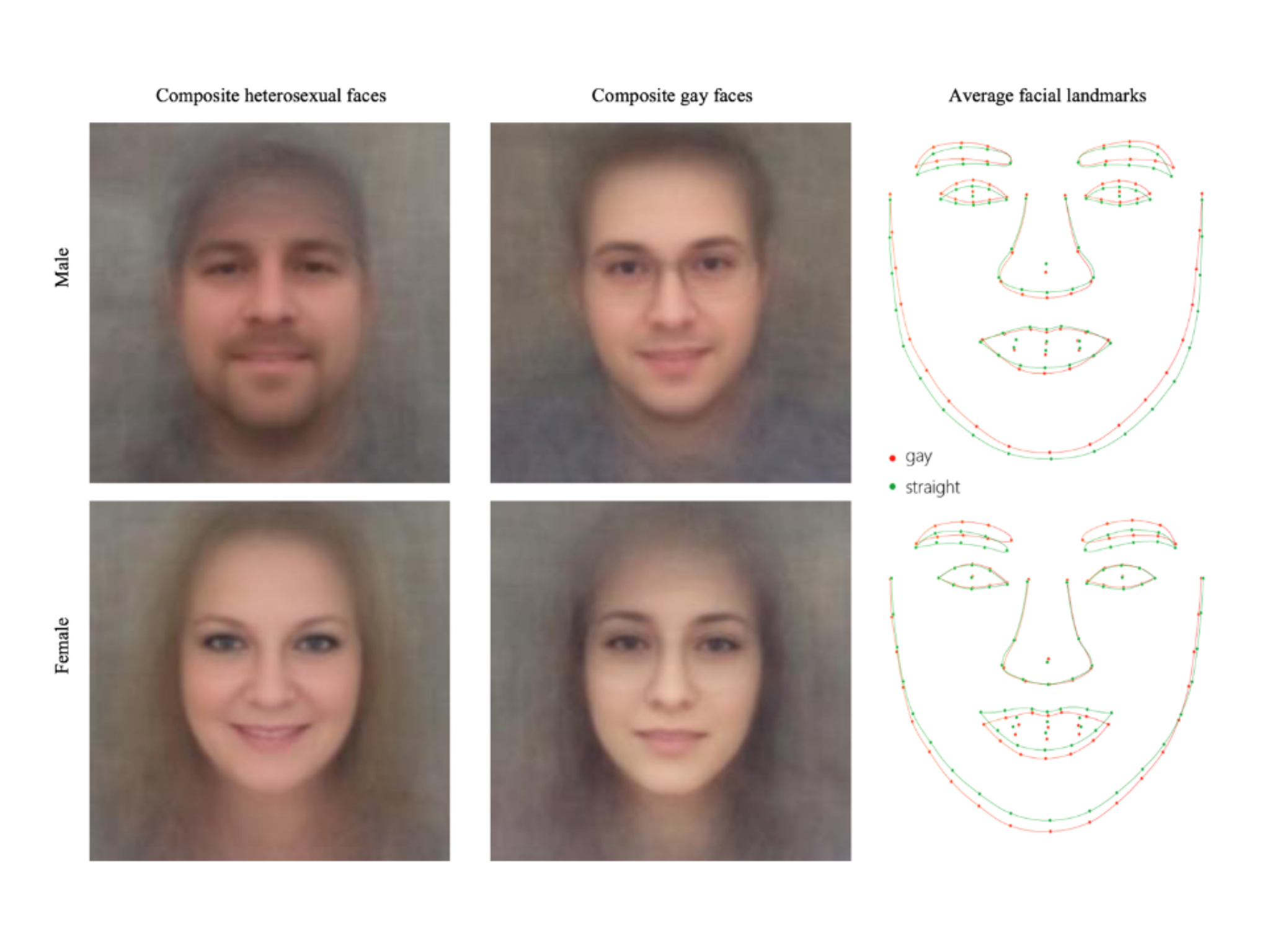The Independent's journalism is supported by our readers. When you purchase through links on our site, we may earn commission.
Artificial intelligence can identify 'gay faces' from a picture, study claims
The paper's authors say they were 'really disturbed' by their findings

Your support helps us to tell the story
From reproductive rights to climate change to Big Tech, The Independent is on the ground when the story is developing. Whether it's investigating the financials of Elon Musk's pro-Trump PAC or producing our latest documentary, 'The A Word', which shines a light on the American women fighting for reproductive rights, we know how important it is to parse out the facts from the messaging.
At such a critical moment in US history, we need reporters on the ground. Your donation allows us to keep sending journalists to speak to both sides of the story.
The Independent is trusted by Americans across the entire political spectrum. And unlike many other quality news outlets, we choose not to lock Americans out of our reporting and analysis with paywalls. We believe quality journalism should be available to everyone, paid for by those who can afford it.
Your support makes all the difference.Artificial intelligence can figure out a person’s sexual orientation by analysing a picture of their face, a controversial new study claims.
According to its authors, who say they were "really disturbed" by their findings, the accuracy of an AI system can reach 91 per cent for homosexual men and 83 per cent for homosexual women.
The study also concludes that homosexual men and women tend to have “gender-atypical facial morphology, expression, and grooming styles”.
The paper, titled Deep neural networks are more accurate than humans at detecting sexual orientation from facial images, was co-authored by Stanford University’s Yilun Wang and Michal Kosinski, and first spotted by the Economist.
In it, they claim to “show that faces contain much more information about sexual orientation than can be perceived and interpreted by the human brain”.
The researchers used deep neural networks to analyse 35,326 images of faces, taken from a US dating site, with the specific aim of identifying “links between characteristics and facial features that might be missed or misinterpreted by the human brain”.
The algorithm took into account both “fixed” features, such as nose or eye shape, and “transient” features, which the researchers define as “grooming style”.
However, only white participants were involved in the study, as the researchers “could not find sufficient numbers of non-white gay participants”, and it also didn't take into account transgender or bisexual people.
When the system was presented with one picture of a homosexual man and a picture of a heterosexual man, the researchers say it correctly ranked the gay man as “more likely to be gay” 81 per cent of the time.
“The accuracy grew significantly with the number of images available per person, reaching 91 per cent for five images,” the paper adds. “The accuracy was somewhat lower for women, ranging from 71 per cent (one image) to 83 per cent (five images per person).”
Human judges, meanwhile, achieved an accuracy of 61 per cent for men and 54 per cent for women, the research claims.
It continues: “Our results provide strong support for the [prenatal hormone theory], which argues that same-gender sexual orientation stems from the underexposure of male fetuses and overexposure of female fetuses to prenatal androgens responsible for the sexual differentiation of faces, preferences, and behavior.”
It also stressed that the findings don’t imply that “all gay men are more feminine than all heterosexual men, or that there are no gay men with extremely masculine facial features (and vice versa in the case of lesbians)”, and must not be misinterpreted.
The researchers say that homosexual men were found to have narrower jaws, longer noses, larger foreheads and less facial hair than heterosexual men, and that homosexual women tended to have larger jaws and smaller foreheads than heterosexual women.
They added: "Lesbians tended to use less eye makeup, had darker hair, and wore less revealing clothes (note the higher neckline)—indicating less feminine grooming and style. Furthermore, although women tend to smile more in general, lesbians smiled less than their heterosexual counterparts.
"Additionally, consistent with the association between baseball caps and masculinity in American culture, heterosexual men and lesbians tended to wear baseball caps."
According to the researchers, the study has exposed a potential threat to the privacy and safety of gay men and women around the world, as governments and corporations are already developing and deploying facial recognition technologies designed to predict things like the likelihood of committing a crime or being a paedophile.
“The laws in many countries criminalize same-gender sexual behavior, and in eight countries — including Iran, Mauritania, Saudi Arabia, and Yemen — it is punishable by death,” the paper reads.
“It is thus critical to inform policymakers, technology companies and, most importantly, the gay community, of how accurate face-based predictions might be.”
The researchers say they hope future research will be able to identify links between facial features and personality, political views and psychological conditions.
In their notes, the authors added: “We were really disturbed by these results and spent much time considering whether they should be made public at all. We did not want to enable the very risks that we are warning against.”
Join our commenting forum
Join thought-provoking conversations, follow other Independent readers and see their replies
Comments